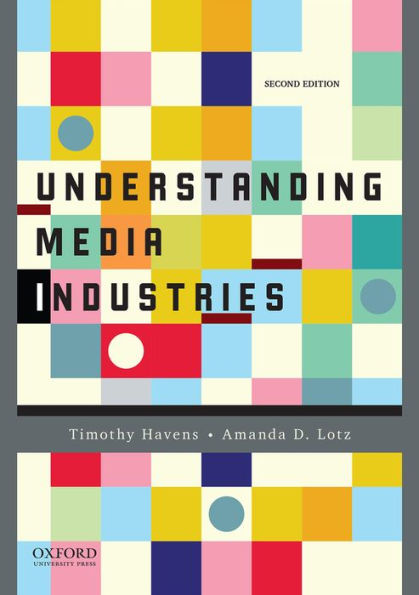5
1
9780190215323


Understanding Media Industries / Edition 2 available in Paperback

Understanding Media Industries / Edition 2
- ISBN-10:
- 0190215321
- ISBN-13:
- 9780190215323
- Pub. Date:
- 01/19/2016
- Publisher:
- Oxford University Press
- ISBN-10:
- 0190215321
- ISBN-13:
- 9780190215323
- Pub. Date:
- 01/19/2016
- Publisher:
- Oxford University Press
106.99
In Stock

Product Details
| ISBN-13: | 9780190215323 |
|---|---|
| Publisher: | Oxford University Press |
| Publication date: | 01/19/2016 |
| Edition description: | New Edition |
| Pages: | 304 |
| Sales rank: | 974,559 |
| Product dimensions: | 6.40(w) x 9.10(h) x 0.70(d) |
About the Author
From the B&N Reads Blog

